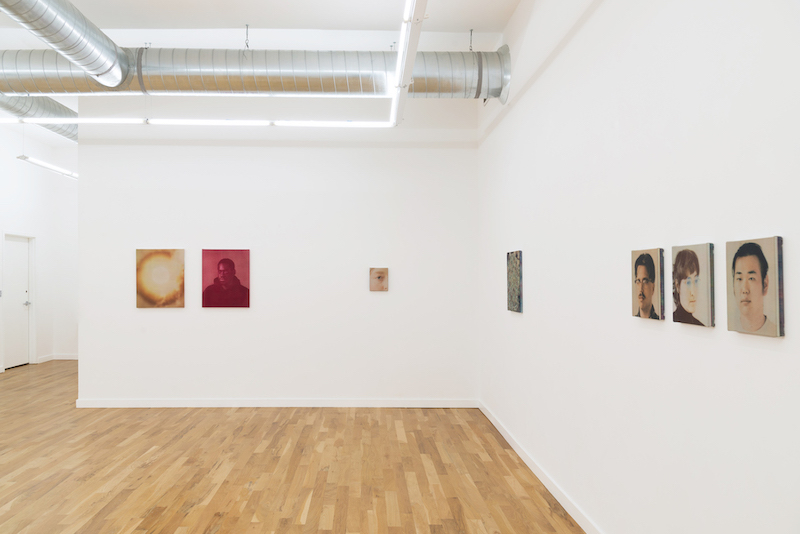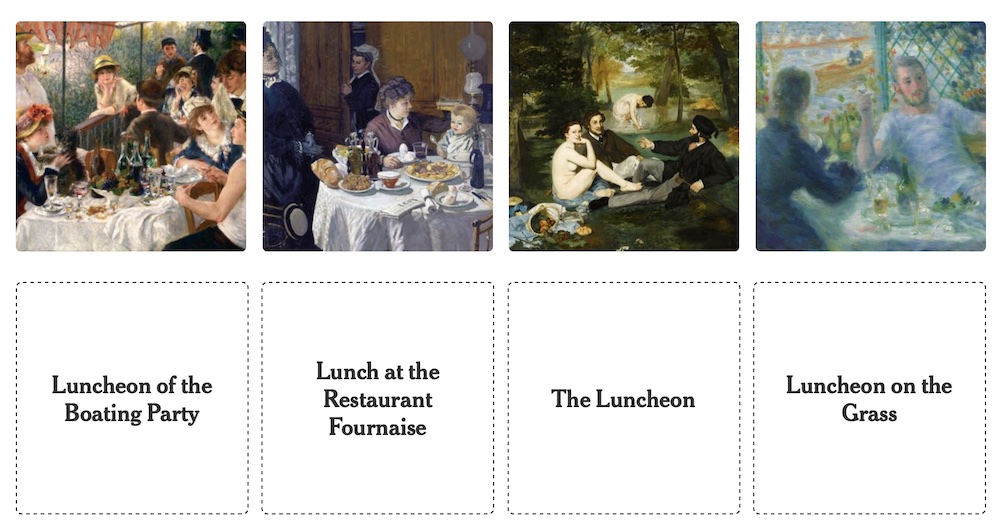In Search of Art Between $5,000–$10,000


By BIANCA BOVA
Buying art—despite what the instagram art market “gurus” that seem to proliferate by the day would have you believe—is not a privilege reserved for the moneyed few. Certainly if your ambition is to own a Gerhard Richter or a Claude Monet (or, for now, an Anna Weyant), you will be boxed out unless your checkbook, your existing collection, and your connections all pass inspection. If your ambition is to simply build a meaningful collection of works that reward you for living with them, that remains achievable. Determining an overall budget for collecting and a spending ceiling for individual acquisitions is a practical first step, as this will be invaluable in determining where you can realistically expect to acquire work.
If your range falls at $5,000–$10,000, the good news is that most mid-size galleries will have some work in their inventory that fits in your budget. The work you acquire will have a reasonable likelihood of appreciation, and you will be supporting a living artist whose career you will have the pleasure of following for years to come.
If you plan to buy from galleries, the first order of business is identifying what galleries in the appropriate tier of the market have a program that suits your interests. By way of recommendation, in my view the best gallery in Chicago is DOCUMENT, led by its founder Aron Gent and gallery partner Sibylle Friche. The smartest, chicest program in town by a mile, it encompasses energizing young artists like Kiah Celeste and Gordon Hall alongside artists whose careers have grown during their tenure with the gallery including John Opera and Sara Grenberger Rafferty, while still creating opportunities for experimentation by established artists like Barbara Kasten, and space for market darlings like Paul Mpagi Sepuya. The start of the year also marked the opening of a second DOCUMENT location in Lisbon, Portugal, one of the most undeniably intriguing market expansions of a gallery its size globally.
You might also get into the habit of browsing fundraising auctions. It has become increasingly common in the past few years for institutions and nonprofits to partner with both major houses (Sotheby’s, Christies, Phillips) as well as independent platforms (Bidpal, Artsy, and once upon a time, Paddle8). Oftentimes the works in these auctions have expansive value ranges, with some lots starting bidding at under $1,000 and others starting bidding at over $100,000. Depending on where the auction is administered and by whom, as well as the nonprofit status of the beneficiary, you may also find that the price you pay remains lower than in a traditional auction, as buyer’s premiums and some taxes may be waived. Doing your due diligence will pay off in this area.
If you have social relationships with artists, or you are interested in one sufficiently enough to request and be granted a studio visit, you might also acquire works directly from an artist’s studio. Pricing may be more discretionary in this area. That said, I do not condone acquiring works directly from artists when it is done to intentionally circumvent their galleries. Art dealers work incredibly hard and bear the burden of ever-increasing overhead, and they do not deserve to be cut out of sales in the name of anti-market moral righteousness or by cheapskate collectors. Proceed with caution.
Art fairs are another area of the market that is often miscategorized as inaccessible to collectors with modest budgets. When attending major fairs, be on the lookout for young gallery and emerging artist focused segments; Art Basel’s Statements section, or EXPO Chicago’s EXPOSURE section, for instance. Smaller fairs–frequently held as satellites to major fairs–like those put on by the New Art Dealers Alliance (NADA) are often excellent, and you’ll find the dealers are apt to engage in conversation and invest time in getting to know new collectors in this setting.
If your budget and individual acquisition ceiling hew closer to $5,000 and under, editions can be an excellent entree into collecting. Editioned artwork is typically priced at a fraction of the market value of primary artwork by the same artists (take note, this is naturally reflected in its value retention and appreciation as well). Editions may be available through an artist’s gallery, through nonprofit organizations (often as a fundraising endeavor) or through publishers.
Printed Matter’s current catalog is a reputable and expansive resource for this type of acquisition. It includes works from such art historically important artists as Lawrence Weiner, Jenny Holzer, and Sterling Ruby beginning at a couple hundred dollars. Their overall inventory of editioned works ranges from as little as $5 (a snap-bracelet by Taiwanese artist Son Ni) to $15,000 (a print by Richard Prince). If you’re in New York, a browse around their primary location in Chelsea or their publication-focused second location on St. Mark's Place can make for a satisfying afternoon, and you’re unlikely to leave empty-handed.
“I don’t have a budget for acquiring art” is one of those beguiling phrases that contains a polarity when invoked by those at the very top of the market and those at the very bottom. For those in the latter category, don’t despair. If you have a sufficiently developed eye and are willing to put in the legwork, there are always thrift stores, garage sales, and church rummage sales. I’ve come across works by Richard Haas, Peter Sarkisian, and Morris Barazani in just this fashion. It doesn’t happen often, but when it does, you get a thrill and a bargain.
For the more intrepid, there are also the depths of internet sale-by-owner sites. A habitual 2am trawler of the “art” categories on eBay and Craigslist myself, my sleepless efforts have yielded everything from a Sophie Grinbarg painting bearing labels from inclusion in a 1937 exhibition at the Art Institute of Chicago, to a full mint-condition Meissen Porcelain Monkey Band, to a print of a tiger–from an edition of 100!–released by Tony Tasset at the age of 12 (of the aforementioned, I only acquired one, but a desire to maintain some pretense of financial responsibility and good taste prevents me from revealing which).
There is a great deal of art in the world, and always more being made. Paying attention, learning your own taste, and knowing your place in the market remain a solid foundation for building a collection that, at any price point, can hold great personal and artistic value.
#
Completely new to collecting? Have a very modest budget? Start here:
• BUDDY
A storefront offering editions, publications, and art from predominantly Chicago-based emerging artists, located on the ground floor of the Chicago Cultural Center.
We all have those friends who purchased work from Sterling Ruby’s graduate studio, and later sold it to put their kids through college. If you have a great eye, you might acquire work by an artist you will never again be able to afford. At the very least, you’ll be supporting the next generation of artists.





